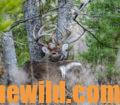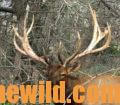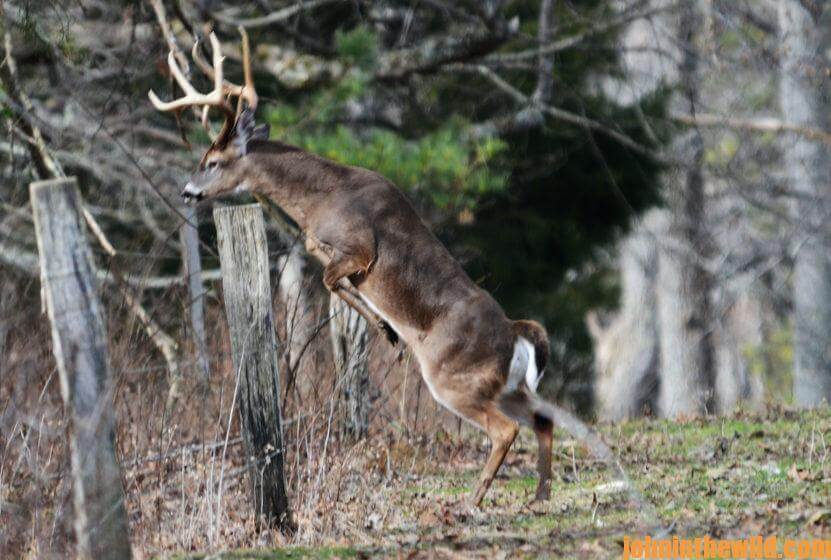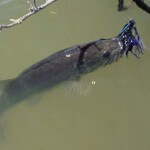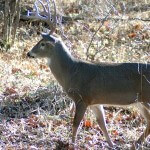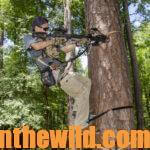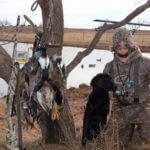Editor’s Note: With bow deer season getting ready to start in some states, remember that no matter how good a bowhunter you already are, this fun quiz can make you even better.
 14) One of the biggest obstacles the bowhunter must overcome to take a deer is to keep the deer from smelling the hunter’s human scent. The most-effective way to prevent detection is:
14) One of the biggest obstacles the bowhunter must overcome to take a deer is to keep the deer from smelling the hunter’s human scent. The most-effective way to prevent detection is:
(a) always hunt into the wind;
(b) use a masking or cover-up scent;
(c) use a sex scent; or,
(d) always make sure your clothes are thoroughly clean and washed with neutral pH soap.
 Answer: The correct answer is (a) always hunt into the wind. If human odor could be masked or covered up, some of the deodorant and cologne companies would have learned how to do this long before bowhunters ever became concerned about this factor of successful hunting. The truth is that no matter how clean you get your body and your clothes or what kind of cover-up and/or masking scents you utilize, the human body continues to give-off odor. The only effective way to prevent the deer from smelling that odor is to try to totally eliminate it. To do this, the bowhunter must hunt into the wind, so the odor is blown away from the deer.
Answer: The correct answer is (a) always hunt into the wind. If human odor could be masked or covered up, some of the deodorant and cologne companies would have learned how to do this long before bowhunters ever became concerned about this factor of successful hunting. The truth is that no matter how clean you get your body and your clothes or what kind of cover-up and/or masking scents you utilize, the human body continues to give-off odor. The only effective way to prevent the deer from smelling that odor is to try to totally eliminate it. To do this, the bowhunter must hunt into the wind, so the odor is blown away from the deer.
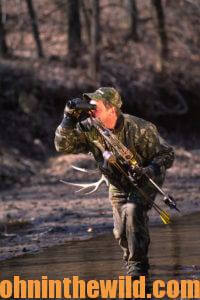 15) Early-season scouting should tell the bowhunter where he reasonably can expect to find the deer in high-hunting pressure areas during:
15) Early-season scouting should tell the bowhunter where he reasonably can expect to find the deer in high-hunting pressure areas during:
(a) the first week of the season;
(b) the first two weeks of the season; or,
(c) the first three weeks of the season.
Answer: The correct answer is (a) the first week of the season. If many hunters are in one area, the deer may change their moving and feeding habits within a few days of the opening day of the season. Deer quickly learn how to avoid hunters, and they adapt to hunting pressure rapidly. The older, bigger deer will be the first animals to learn how to avoid hunters each hunting season. If these older deer are not taken within the first few days of the opening of the season, then the chances of bagging Ole Mossy Horns will be remote until the rut occurs. The younger deer, because of their lack of experience, won’t be as elusive to the hunters during the first week of the season. But they too will wise-up quickly or else be dinner at someone’s table.
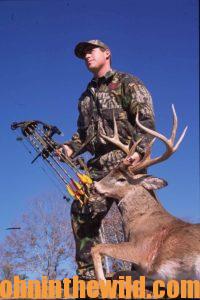 16) The best day for bowhunting is:
16) The best day for bowhunting is:
(a) any day you can get off from work;
(b) during or right after a snow;
(c) the day before a front passes through an area; or,
(d) a bluebird day with high skies.
Answer: The correct answer is (c) the day before a front passes through an area. Deer have an alarm clock that alerts them to when bad weather is coming, possibly related to barometric pressure. But whatever the indicator is, deer know when bad weather is approaching. Therefore they usually feed and move just before a front.
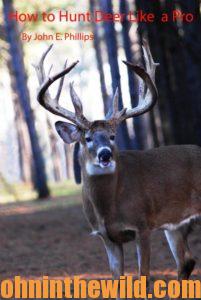 To learn more about hunting deer, check out John E. Phillips’ book, “How to Hunt Deer Like a Pro,” available in Kindle, Print and Audible versions, at http://amzn.to/YpoQHA. You may have to copy and paste this link into your browser. (When you click on this book, notice on the left where Amazon says you can read 10% of the book for free, and you can hear 10% for free).
To learn more about hunting deer, check out John E. Phillips’ book, “How to Hunt Deer Like a Pro,” available in Kindle, Print and Audible versions, at http://amzn.to/YpoQHA. You may have to copy and paste this link into your browser. (When you click on this book, notice on the left where Amazon says you can read 10% of the book for free, and you can hear 10% for free).
On the right side of the page and below the offer for a free Audible trial, you can click on Buy the Audible book. To see more of John’s bowhunting books, visit http://www.amazon.com/author/johnephillips.

